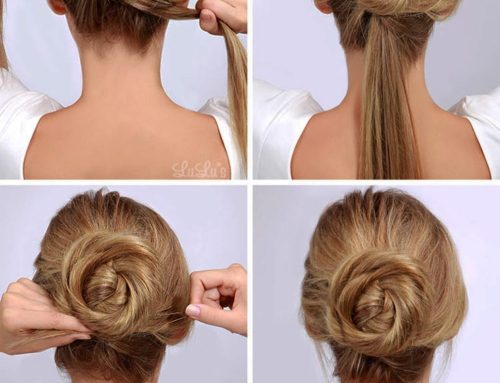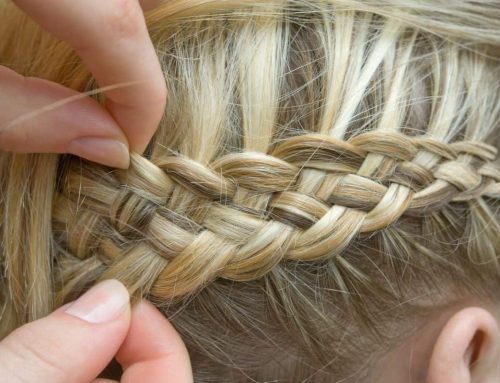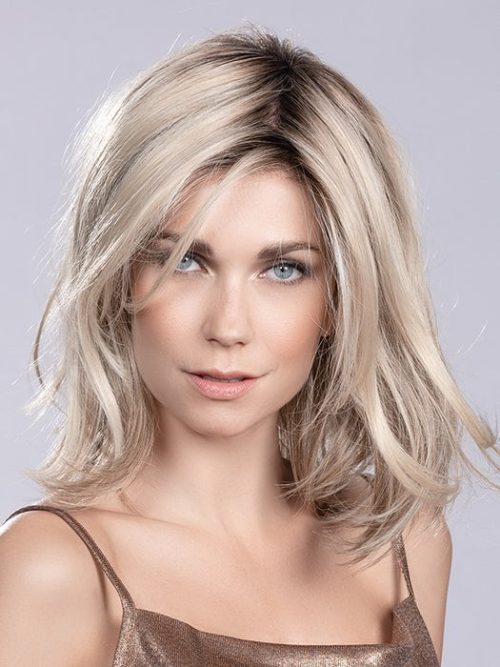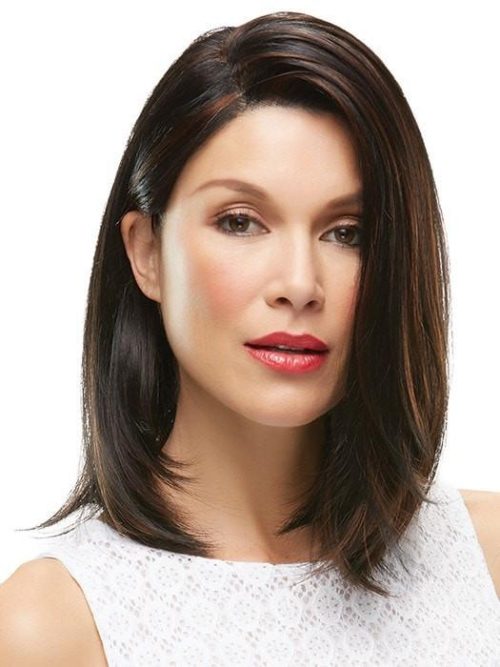The Artistry of Wig Making: A Journey with Erika Duncan
Introduction
Wig making is an art form that dates back centuries, serving both practical and aesthetic purposes throughout history. Today, it stands at the intersection of fashion, technology, and personal expression, continually evolving with the changing tides of style and advancements in hair technology. In this exploration of wig craftsmanship, we delve into the world of an esteemed expert in the field, Erika Duncan. With over a decade and a half in the hair augmentation industry, Londy brings a wealth of knowledge, skill, and passion to the craft. Her journey is not just about creating a hairpiece but about sculpting a work of art that enhances beauty, instills confidence, and transcends the ordinary.
II. Preparation and Planning
Before the first strand of hair is ever tied, the meticulous process of preparing and planning takes center stage. Londy emphasizes that the foundation of a great wig begins with accurate measurements. “The key to a perfect wig is understanding the unique contours of the head,” she explains. Using a cloth tape measure, the process involves circling the hairline, ensuring the tape glides over the natural curves of the scalp, capturing the essence of the individual’s head shape. This precision sets the stage for a wig that not only fits like a glove but feels like a natural extension of oneself.
In choosing materials, the decision between real and synthetic hair becomes a pivotal one. Real hair offers unparalleled naturalness and versatility, reacting to environmental elements like one’s own locks. Synthetic hair, on the other hand, provides ease of care and consistent styling. Londy walks us through the pros and cons, noting, “Each choice has its beauty and challenges. It’s about aligning with the wearer’s lifestyle and needs.” Beyond hair, the article details the arsenal of tools required for wig making, from the sturdy wig block to the delicate ventilation needles, each serving a purpose in the creation process.
III. Creating the Wig Base
Forming the Wig Foundation
Crafting the foundation is akin to laying the groundwork for a building; it’s where the wig begins to take shape. Londy explains, “The wig foundation must mimic the shape of the head to ensure comfort and a natural look.” After transferring head measurements to a wig block, the next steps involve securing cotton ribbons and meticulously applying wet cotton lace. This process is not just about following measurements but about understanding the curvature and natural fall of hair. Londy suggests using a combination of larger and smaller lace pieces to achieve a seamless base, “It’s like a puzzle; each piece must fit perfectly to create a smooth, undetectable foundation.”
Hair Preparation
Selecting the right hair is a crucial step. Londy often engages in a tactile evaluation process, feeling the texture, assessing the strength, and visualizing the final look. Hair preparation is where you breathe the first life into the wig,” she says. By sorting, pulling, and organizing the strands, the wig begins to gain personality and character. The article would describe how each strand is prepared, using tools like a hair heckle to ensure the hair is detangled, aligned, and ready for the next phase.
IV. Wig Assembly
Ventilating the Wig
Ventilation, or knotting hair to the lace foundation, is a meticulous task requiring patience and precision. Londy shares, “Each knot is a commitment to the wig’s overall aesthetic.” The article would provide a detailed guide on selecting the right ventilating needle and executing single and double knots, emphasizing the importance of even tension and distribution to mimic natural hair growth.
The assembly phase is where the individual components come together. Starting from the neck and working upwards ensures that the hair naturally layers over itself, creating a realistic appearance. Londy advises on techniques to vary the direction of hair strands, especially at the crown, to avoid an unnaturally uniform look. “Natural hair has a certain randomness that we aim to replicate,” she notes.
V. Finishing Touches
Final Fitting and Styling
After the wig is fully ventilated, the initial fitting is crucial. This stage is about refining the fit, making necessary adjustments, and personalizing the cut and style. Londy often collaborates with stylists to achieve the perfect cut that complements the wearer’s features and preferences. The article would describe how steel springs are sewn in at strategic points to add volume and movement, giving the wig an alive, dynamic quality.
Detailing and Customization
The final detailing ensures that the wig looks impeccable from every angle. Concealing the construction elements like ribbons and sewing lines is essential for a flawless finish. Londy shares tips on customizing the parting and final styling, emphasizing the wig’s ability to transform and adapt to the wearer’s desired look.
VI. Additional Wig Tutorials
In this section, we’d delve into the creative and diverse world of wig-making for various purposes, from costumes to dolls. For instance, constructing a costume wig might involve using unconventional materials like balloons and wefts of hair, glued onto a hair net stretched over the balloon. Londy would share insights into the simplicity yet effectiveness of such methods for quick, thematic creations.
Creating a jellicle cat wig from the musical “Cats” would be another fascinating tutorial, utilizing faux fur cut and shaped based on head measurements, with added fake ears to complete the look. Londy might comment on the artistic flair required for such thematic wigs and how they serve as an excellent exercise in creativity and precision.
The section would also touch on making doll wigs using yarn, highlighting the intricate process of weaving yarn strands into soft, lifelike hair for dolls, demonstrating the versatility and broad scope of wig-making skills.
VII. Expert Q&A with Erika Duncan
In a conversational style, this part would feature a series of questions posed to Londy, covering common challenges newcomers face, such as selecting the right materials, mastering ventilation techniques, and styling. Londy would share her journey, the trials and errors, and the satisfaction of crafting wigs that not only look natural but also empower wearers.
She would also provide tips for beginners, emphasizing the importance of patience, practice, and starting with simpler projects to build confidence and skill. Londy’s passion for the craft and her commitment to educating others would shine through, offering readers valuable insights and inspiration.
VIII. Maintenance and Care
Maintaining a handmade wig is crucial for its longevity. Londy would outline best practices for cleaning, storing, and regularly caring for wigs to keep them looking fresh and vibrant. She would discuss the different needs of synthetic versus natural hair wigs, offering advice on preventing common issues like tangling, frizzing, and matting.
The article would stress the importance of proper storage, such as using mannequin heads or specially designed wig boxes, to maintain the wig’s shape and style over time. Londy would also touch on the environmental aspects of wig care, advocating for sustainable practices and products.
IX. Conclusion
Wrapping up, the article would reiterate the art and craftsmanship of wig making, highlighting Londy’s expertise and dedication to the field. Readers would be encouraged to view wig making not just as a hobby or profession but as an art form that combines creativity, technical skill, and personal expression.
The narrative would leave readers with a sense of respect for the craft and an understanding of the meticulous work involved in creating a high-quality wig, along with the encouragement to explore and experiment in their wig-making journeys.




